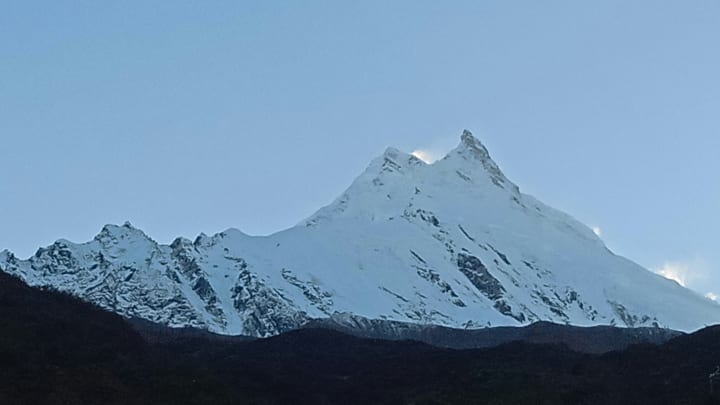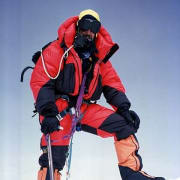Climbing and Trekking Set to Resume in the Himalayas

The 'Second' Himalayan Climbing Season
The ‘second’ climbing season in the Himalayas is about to begin. The ‘first’ climbing season, which began in March and ended in June, is known as the pre-monsoon period. The post-monsoon season begins in September and concludes in December. It is during these annual timeframes that the Jetstream temporarily leaves the top of the Himalayas, allowing mountaineers an opportunity to climb Himalayan peaks. There are fourteen 8,000-meter peaks in the world – all located in the Himalayas.
Manaslu is located in the Mansiri Himal range of the Nepalese Himalayas, stands 26,781 ft., and is the eighth-highest mountain in the world. Known as the "Mountain of the Spirit," Manaslu is a prominent and revered peak targeted by elite climbers. The mountain is a cultural and natural treasure, which attracts mountaineers, trekkers, and adventurers from around the globe. Mountaineers seek to conquer an 8,000-meter peak, while adventurers of all skill levels can enjoy world class hiking throughout the Manaslu Circuit Trek.
The Manaslu Circuit Trek
The Manaslu Circuit Trek is one of Nepal’s most iconic routes, offering a less crowded but spectacular alternative to the more frequented Annapurna and Everest regions. The popular Manaslu trekking route covers 110-miles and runs through the Manaslu massif over a pass to Annapurna. The trail follows an ancient trading route along the Budhi Gandaki River among ten mountains which rise as high as 23,000 ft. The highest point along the trek is 16,752 ft. at Larkya La. The Circuit Trek begins in the town of Arughat or Soti Khola, and gradually ascends through lush forests, terraced fields, and charming villages, allowing trekkers to experience the rich culture of the region.
One of the highlights of the trek is crossing the Larkya La Pass. The pass offers panoramic views of the surrounding mountains, including Manaslu, Himlung Himal, Cheo Himal, and the Annapurna range. The trek typically takes approximately 14 to 18 days to complete and is known for its challenging terrain, high altitude, and the opportunity to explore the remote and less commercialized areas of Nepal.
The Manaslu Circuit Trek also provides a fascinating glimpse into the lives of the local Gurung and Tibetan communities, and their ancient monasteries and Buddhist culture. One of the most important cultural sites in the region is the Pungyen Monastery, located in a secluded valley beneath Manaslu. The monastery, which was destroyed in an avalanche in 1953 and later rebuilt, offers a peaceful retreat for meditation and reflection, and breathtaking views of giant Himalayan peaks.
Climbing Manaslu
While the Manaslu Circuit Trek is widely accessible by adventurers, actually climbing this 8,000-meter peak is reserved for highly experienced alpinists. It’s a formidable and alluring challenge renowned for its technical difficulty, unpredictable weather, and breathtaking beauty. Manaslu was first summited on May 9, 1956 by Japanese Climbers Toshio Imanishi and Gyalzen. With their historic achievement, Manaslu became an important and integral element of Japanese climbing culture.
The most common route to the summit of Manaslu is the Northeast Face. The climb usually begins from the village of Samagaun, where climbers trek to the base camp at approximately 15,750 ft. From base camp, climbers navigate a series of higher camps: Camp 1 at approximately 18,700 ft.; Camp 2 at around 21,000 ft.; Camp 3 near 22,300 ft.; and Camp 4, or High Camp at 24,400 ft. From High Camp teams make the final summit push to 26,781 ft.
The move to Camp 1 involves a steep, crevasse-laden, glacier climb. Moving from Camp 1 to Camp 2, climbers face extreme avalanche danger while traversing a dangerous section known as the "Japanese Cwm." The route to Camp 3 involves negotiating a series of ice walls. Above Camp 3, the high altitude becomes a significant factor, introducing extreme cold, strong winds, and reduced air.
